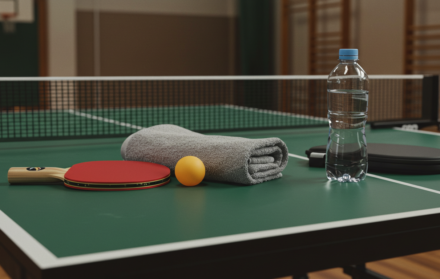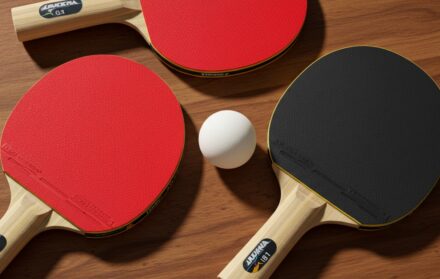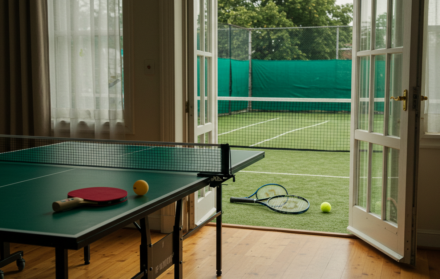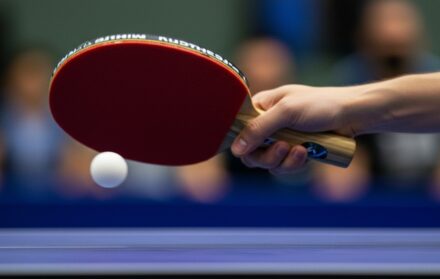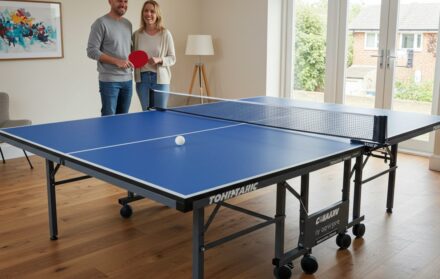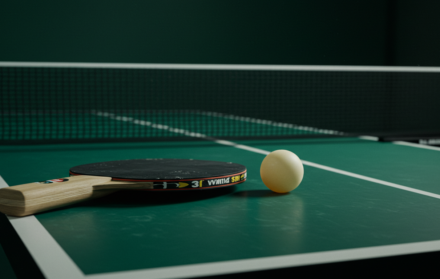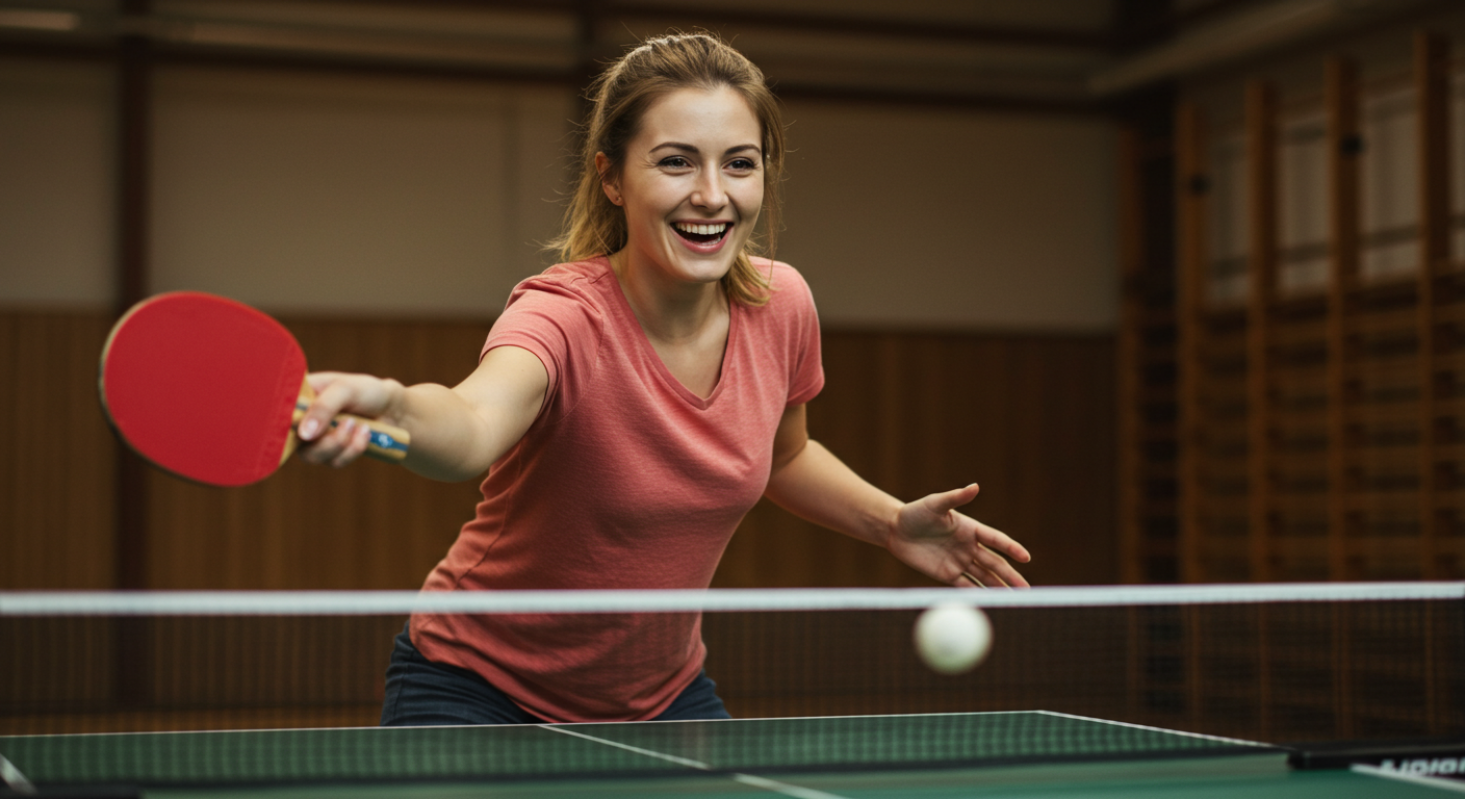
10 Reasons to Try Table Tennis
Table tennis is more than just a rainy-day game in school halls or a casual pastime in the garage. It is a sport of speed, strategy, and skill. Played in over 200 countries, table tennis blends athleticism and intelligence into a game that is both easy to start and difficult to master.
Whether you are looking for a new physical activity, a mental challenge, or a way to meet new people, there are countless reasons to try table tennis.
In this article, we break down ten compelling reasons that make table tennis one of the most underrated yet rewarding sports you can take up today.
1. It Sharpens Reflexes and Reaction Time
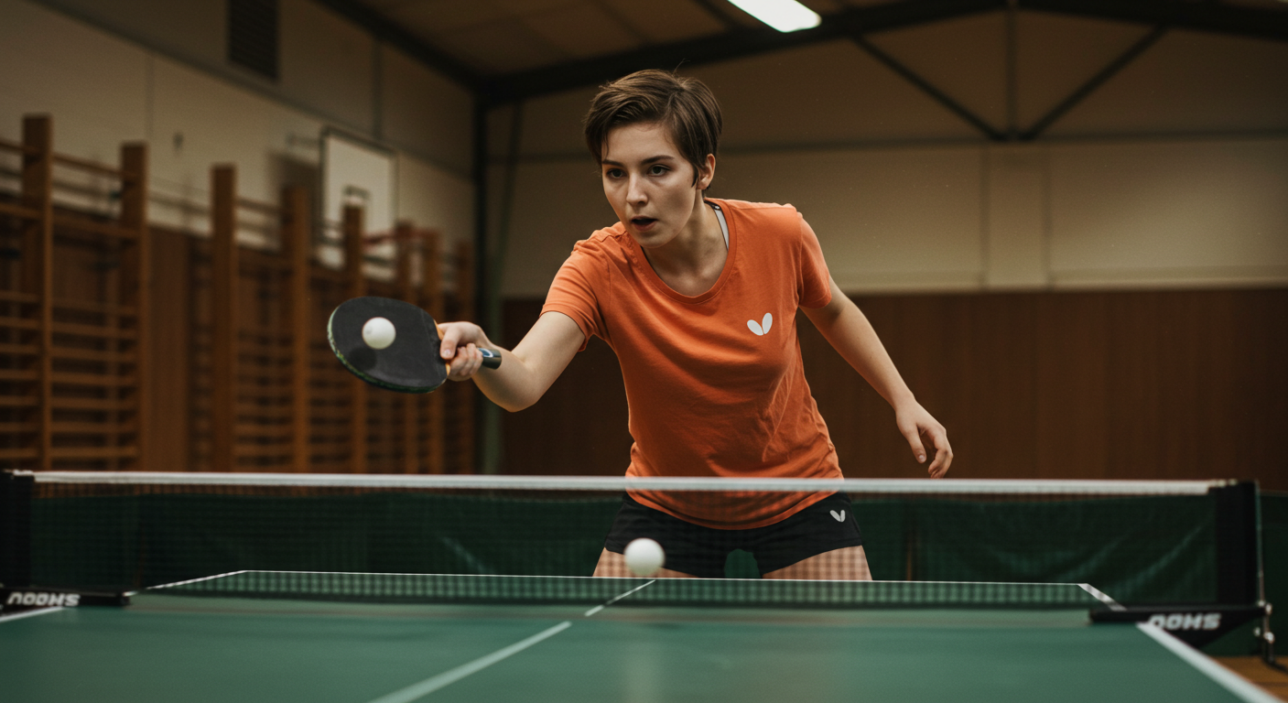
One of the most obvious benefits of playing table tennis is the incredible improvement it brings to your reflexes. In competitive matches, balls can travel up to 70 miles per hour, with players just a few feet apart. That means you need to respond almost instantaneously.
The small court size and short distance between players means there is very little room for delay. As you play more often, your eyes, brain, and hands begin to communicate faster. Even at beginner levels, you will notice a significant improvement in your reaction time and hand-eye coordination within a few weeks of playing regularly.
In professions or daily activities that require quick thinking and fast reactions, such as driving, typing, or performing in high-pressure environments, these gains in reflexes can be incredibly valuable.
2. It Is Low Impact and Joint-Friendly
Unlike running, football, or basketball, table tennis is easy on the joints. Because there is very little jumping or hard impacts involved, the sport places minimal stress on knees, hips, and ankles. That makes it an ideal activity for people recovering from injury, dealing with joint pain, or simply looking for a safer form of exercise.
Despite being low-impact, it is far from easy. You will still get your heart pumping and muscles moving, especially in longer rallies or faster-paced games. This unique combination of low joint stress and high activity levels makes table tennis accessible across age groups.
Older adults can play safely without fear of serious strain, while younger players can enjoy a workout without compromising their physical health. It’s also a popular recommendation in physiotherapy and post-surgery rehabilitation for precisely these reasons.
3. It Keeps Your Mind Sharp

If you are looking for reasons to try table tennis that go beyond fitness, consider the mental challenge. The game is often referred to as “chess at lightning speed.” Every serve, return, and rally involves constant decision-making.
Do you return with topspin or backspin? Should you attack the forehand or exploit the opponent’s weaker backhand? Should you stay close to the table or drop back and defend?
These micro-decisions occur every second, requiring concentration, memory, pattern recognition, and spatial awareness. This mental stimulation makes table tennis a great cognitive exercise for all ages. Studies have even shown a link between table tennis and improved brain function in older adults, especially in preventing cognitive decline.
For children and teens, it helps develop focus and problem-solving. For adults, it provides a mental escape that still engages the brain in productive ways.
4. It’s Easy to Start, Hard to Master
Table tennis has one of the lowest entry barriers of any sport. You do not need expensive equipment, a large space, or years of training to enjoy a basic game. With a paddle, a ball, and a table, you can start playing within minutes. Basic rallies are intuitive, and rules are simple to learn.
However, as you get deeper into the game, it begins to reveal layers of complexity. Spin variation, footwork, paddle angles, and ball placement all come into play. There is always room to improve, and advanced strategies can keep you learning for years.
This balance between accessibility and depth is one of the strongest reasons to try table tennis. Beginners can have fun right away, while more experienced players can refine techniques indefinitely.
5. It’s Great for Physical Fitness
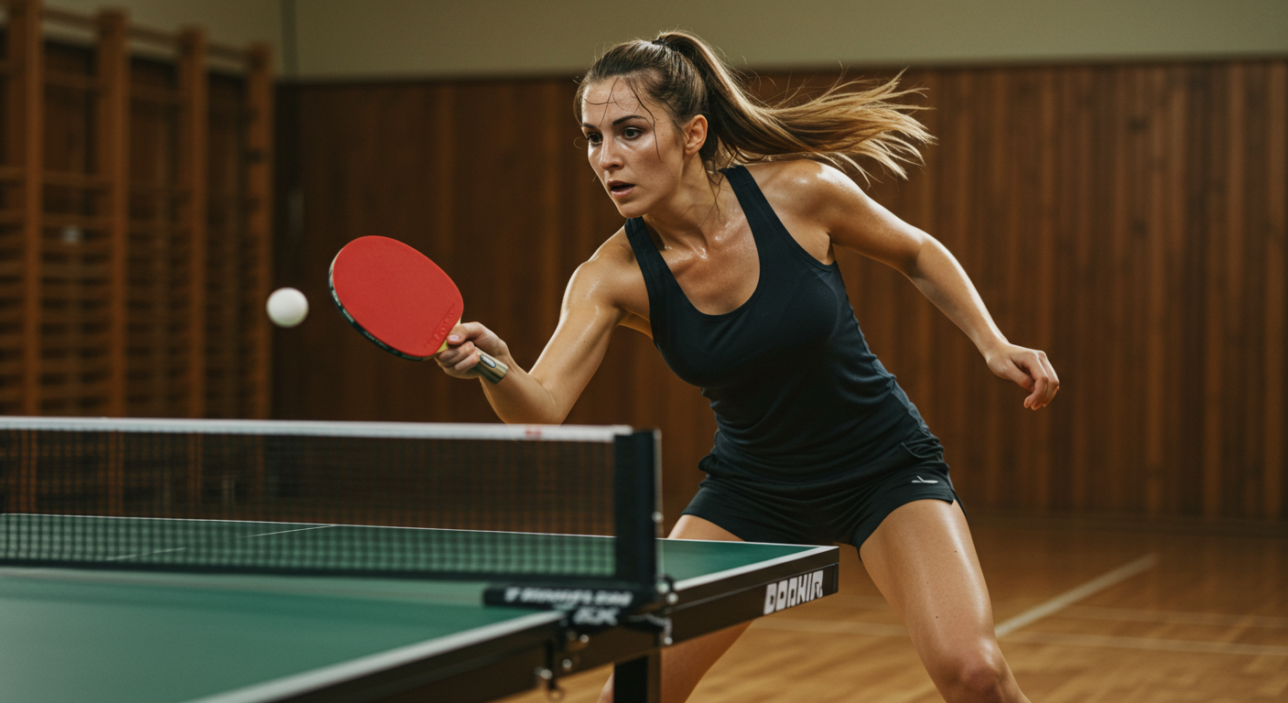
Although it may not look as physically demanding as running or tennis, table tennis provides a full-body workout. You engage your legs, core, and upper body as you move, pivot, and strike the ball.
During an hour of casual play, you can burn between 250 to 400 calories. In more intense competitive play, that number can go even higher. The aerobic exercise improves heart health, while the repeated motions develop muscle memory, balance, and coordination.
The table below compares calorie burn in table tennis with other common activities:
| Activity | Calories Burned per Hour (avg adult) |
|---|---|
| Walking (3 mph) | 240 |
| Yoga | 250 |
| Table Tennis | 300 to 500 |
| Jogging (5 mph) | 480 |
| Cycling (moderate) | 450 |
This shows that table tennis can be both fun and an effective way to stay fit.
6. It Is a Social Sport
One of the most underrated reasons to try table tennis is the sense of community it fosters. It is naturally a face-to-face activity, often played in doubles or among rotating partners. Whether you are at a local table tennis club, a college lounge, or a family barbecue, the game draws people together.
Clubs and community centers across the world offer beginner sessions, coaching, and open play nights that are ideal for meeting new people. Unlike some sports where experience gaps make play unequal, table tennis has mechanisms like handicap scoring or coaching drills that allow players of different levels to compete and learn together.
In many countries, including the UK, US, and China, table tennis is used in community programs to encourage youth engagement, intergenerational activities, and social inclusion.
7. It Develops Discipline and Patience
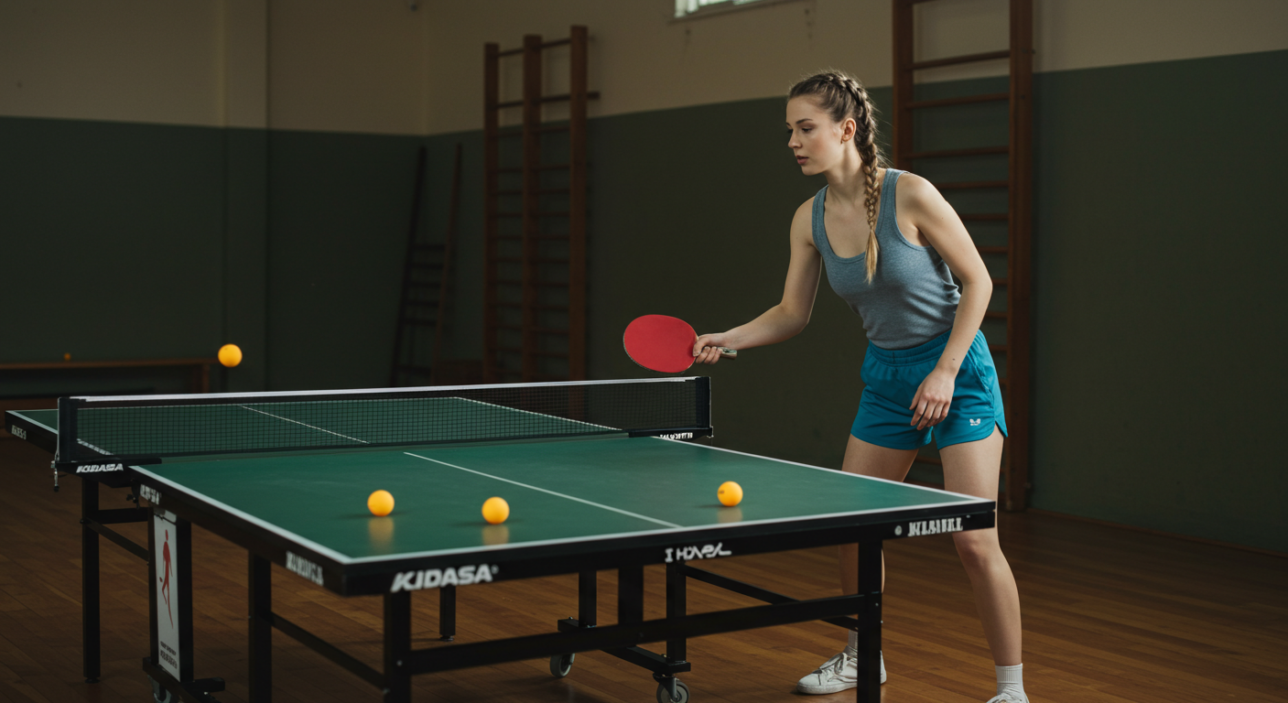
Many people underestimate the mental strength it takes to become good at table tennis. While it’s easy to pick up, improving requires practice, timing, and a willingness to fail. Players must be disciplined to improve their serves, consistent in their returns, and patient in their training routines.
This is especially true when learning how to generate and counter spin. Beginners often struggle with controlling spin-heavy shots, but persistence pays off. As your technique develops, so does your mental resilience. You learn to stay calm under pressure, adapt mid-match, and accept losses as part of growth.
These lessons translate into other areas of life: academic focus, workplace problem-solving, and even emotional regulation.
8. It Fits Any Environment or Schedule
Unlike field sports or gym workouts that require time, space, and weather considerations, table tennis is remarkably adaptable. A foldable table can fit in your garage or office, and public outdoor tables are increasingly available in parks and public spaces.
Because the game is short and intense, you can get a meaningful session in just 20 to 30 minutes. This makes it ideal for people with busy schedules. Play a few quick matches during your lunch break, after work, or between classes.
In urban environments where space is limited, this flexibility becomes a huge advantage. Many co-working spaces, campuses, and tech offices now include ping pong tables as part of their social or wellness facilities.
9. It Promotes Cross-Cultural Connection
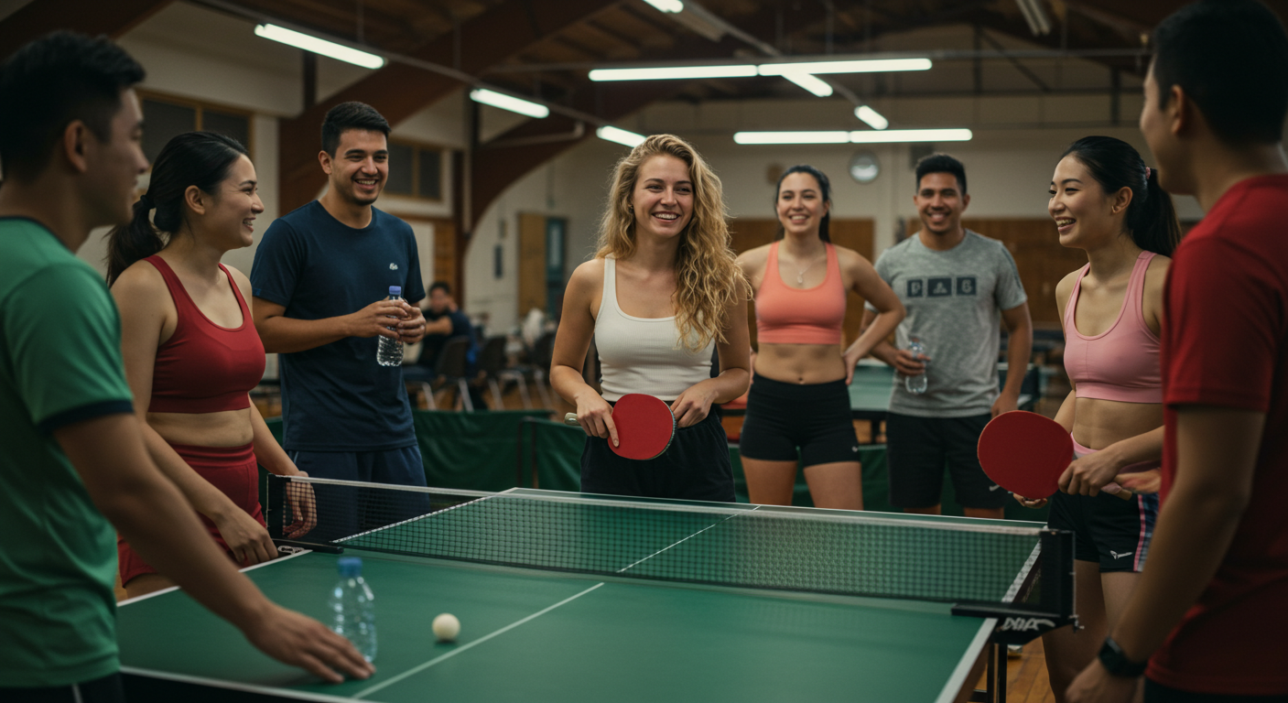
Table tennis is truly global. It is one of the few sports where amateurs in the UK, students in India, retirees in Germany, and Olympic athletes in China all play under the same rules with the same equipment.
The sport was famously used in 1971 for “Ping Pong Diplomacy” between the United States and China, helping thaw decades of political tension. Since then, it has continued to serve as a bridge between cultures and generations.
You do not need to speak the same language to enjoy a good rally. That makes table tennis one of the easiest ways to connect with strangers at hostels, universities, or sports clubs abroad.
10. It Can Be Played for Life
Many sports have a window of participation that closes with age or injury. Table tennis does not. The sport can be played by children as young as five and seniors well into their 80s.
Its low impact, flexible pace, and cognitive benefits make it an ideal lifelong activity. Whether you play for fun, exercise, competition, or connection, table tennis grows with you. The better you get, the more you enjoy it, and the longer you can keep playing.
Table Tennis and the Growth of Participation
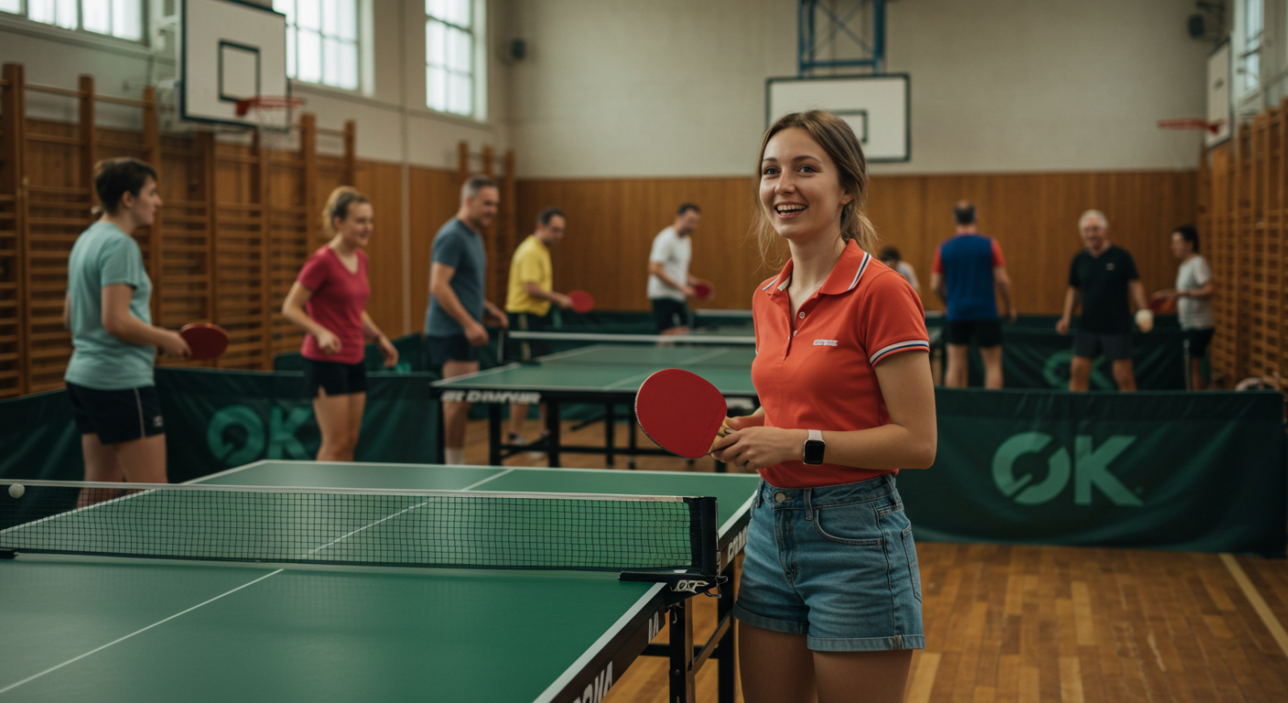
Beyond its benefits on the table, another strong reason to try table tennis is the sheer growth and visibility the sport is experiencing around the world. National associations, school programs, and international tournaments are drawing more attention than ever.
In countries like China, Japan, and Germany, table tennis is embedded in national identity and education systems. Top players like Ma Long, Sun Yingsha, and Timo Boll have become household names. But even in places like the UK and US, the sport is making a significant comeback thanks to indoor activity centers, workplace recreation, and televised international competitions.
If you live in a city, chances are there is a table tennis league or club within a few miles. Many of these are beginner-friendly, with weekly coaching and practice nights.
The professional scene is also evolving. The World Table Tennis (WTT) series has modernized how matches are presented, with professional lighting, commentary, and camera work that make it easier for spectators to follow. These developments are helping position the sport as more than just a hobby—it’s a full-fledged entertainment product.
Table Tennis as a Pathway to Lifelong Play
While most people try sports in youth and slowly phase out due to injury or lifestyle changes, table tennis stands apart. You can pick it up as a child, improve into your teens, compete through adulthood, and continue playing well into retirement.
There are even over-80 age categories in official veteran tournaments. In fact, players in their 60s and 70s regularly win regional and international events. Table tennis remains playable, competitive, and beneficial throughout life.
For families, it’s one of the few sports where all generations can compete together on equal terms. Grandparents, parents, and children can share the same court, often in the same doubles game. The rules do not need adjustment. The ball does not need to slow down. The game remains intact and engaging for all.
Final Thoughts: 10 Reasons to Try Table Tennis

Whether you are looking for a way to stay fit, sharpen your mind, meet new people, or simply have fun, the reasons to try table tennis are too many to ignore. It is a sport that demands little to start but offers endless room to grow. It brings people together across age, culture, and skill level, and it rewards those who keep showing up to improve.
So if you have ever considered picking up a paddle, now is the time. Whether you find a club, challenge a friend, or dust off that table in your garage, you are joining a global community that values precision, play, and personal progress.
No matter your goal—fitness, focus, fun, or competition—there is a place for you at the table.
Frequently Asked Questions
1. Can table tennis really improve your fitness?
Yes. Regular play burns calories, improves cardiovascular health, and builds coordination. Though it looks light, a 30-minute rally session can leave you sweating and sore in the best way.
2. Is it hard to learn how to play?
No. The basic rules are simple, and most people can rally within a few minutes of picking up a paddle. Like any sport, mastery takes time, but beginners can enjoy the game from day one.
3. Is it a good activity for children?
Absolutely. It helps with concentration, coordination, and social skills. Because the equipment is light and the space is safe, kids can play without risk of serious injury. It’s also affordable for families.
4. Can I play table tennis if I have a physical disability?
Yes. There is a strong and inclusive para-table tennis community. The sport is part of the Paralympic Games and accommodates a wide range of physical limitations with custom equipment and formats.
5. Where can I find a place to play?
Local leisure centers, universities, and clubs often have tables open to the public. Apps and websites like Meetup or TTX Finder can also connect you to players and venues in your area.
